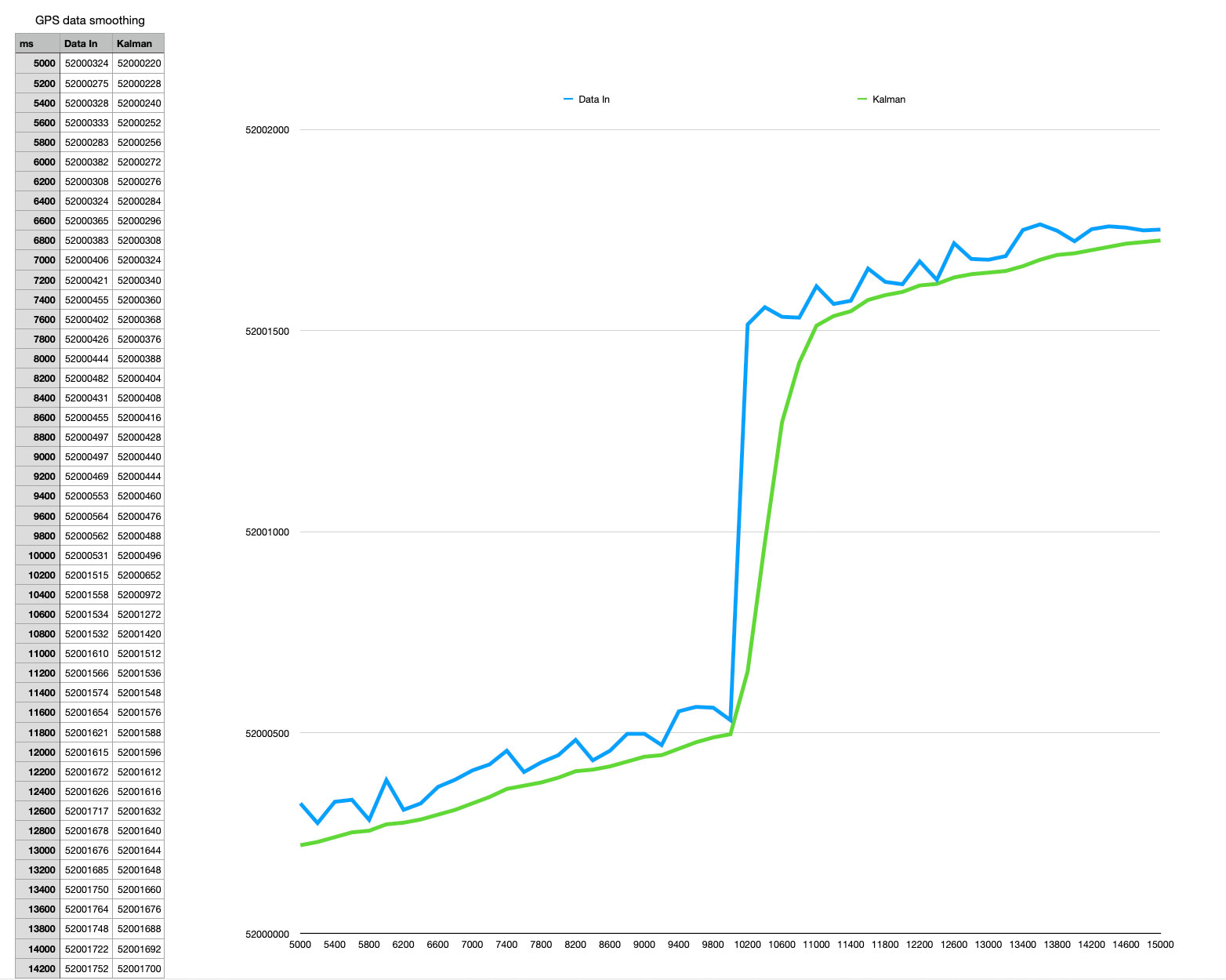GPS, or Global Positioning System, is a technology that allows us to determine our precise location on the Earth’s surface. However, like any technology, it’s not 100% accurate, and there is always some degree of position uncertainty.
GPS position uncertainty, also known as GPS error, refers to the potential discrepancy between the actual location of an object or person and the location as reported by the GPS system. This uncertainty can be influenced by several factors.
One major factor is the quality of the GPS receiver. Higher quality receivers can process signals more accurately, reducing the position uncertainty. Environmental factors can also affect GPS accuracy. For instance, signals can be blocked or refracted by buildings, trees, or atmospheric conditions, which can increase uncertainty.
Another factor is the configuration of the GPS satellites at the time of measurement. The more satellites a GPS receiver can ‘see’, and the better their distribution in the sky, the more precise the location estimate will be.
Despite these uncertainties, modern GPS systems are typically accurate within a range of 5 to 10 meters under normal conditions. However, it’s important to remember that the level of uncertainty can increase under certain conditions, and users should always consider this when relying on GPS for navigation or location tracking.



